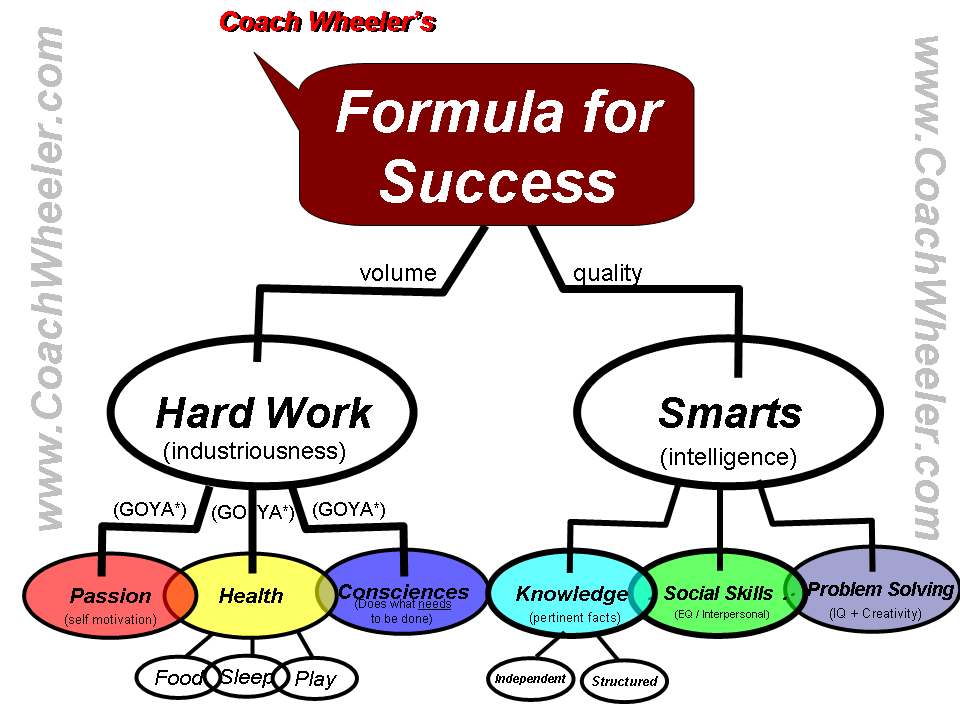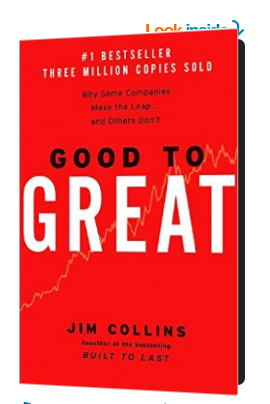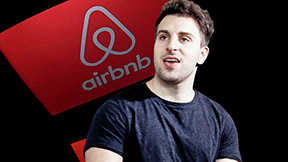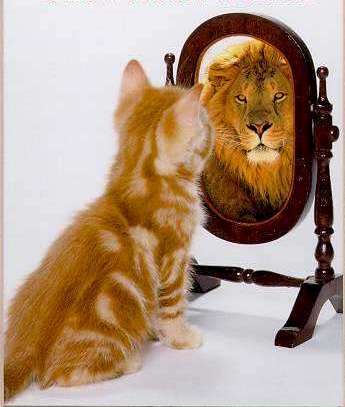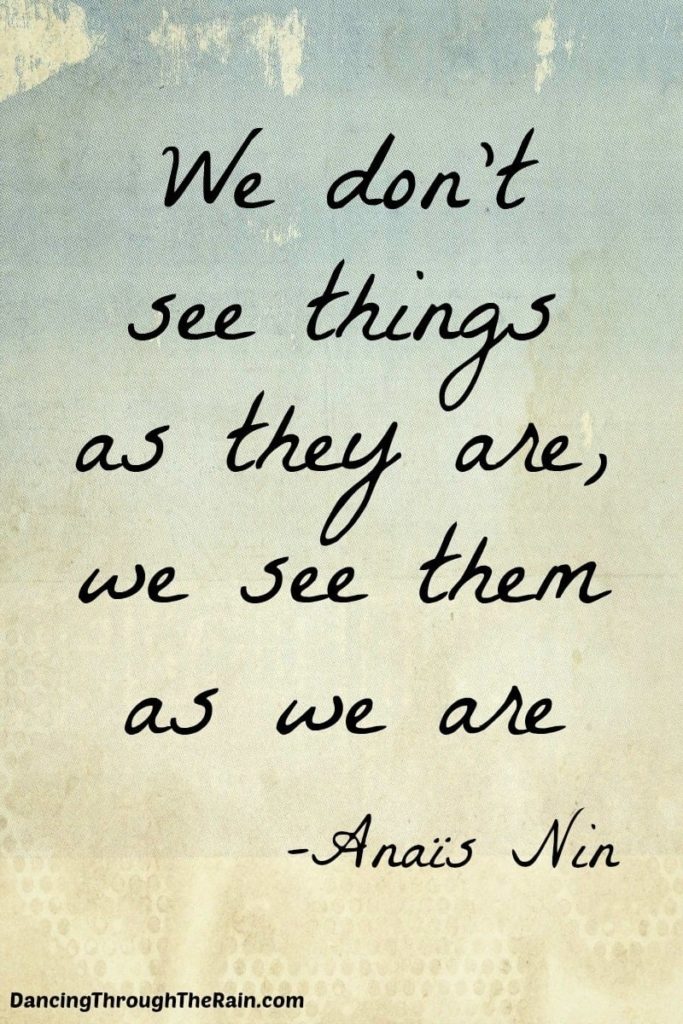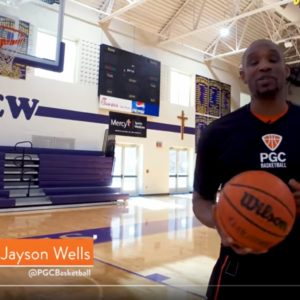
Basketball is more than just a sport. In many towns and cities, it’s a tradition, a passion, and sometimes, even a way of life. When observing teams from a specific region, one can’t help but notice the striking similarities in their style of play. Whether it’s the rugged physicality of players honed by years of laborious practices or the sharpshooting skills that seem to be a rite of passage in local gyms, patterns emerge, creating a blueprint that many teams unwittingly adopt. Most teams at State are very good… at Checkers, i.e. an approach that works when done well. But sometimes a team shows up and they are at a different level… they are playing Chess.
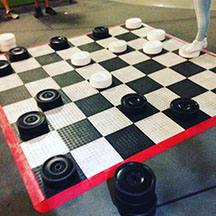
Why do so many teams settle on “Checkers”?
The reason might be twofold. Firstly, teams often build their strategies based on their players’ natural strengths. If a team is blessed with towering athletes, it makes sense to focus on a game plan that emphasizes rebounds and inside scoring. Conversely, a team composed of nimble and agile players might lean towards a fast-paced game, capitalizing on breakaways and perimeter shooting.
Secondly, there’s the element of cultural influence. Just as regions have their cuisines, dialects, and traditions, so too do they have their basketball ‘flavors’. Coaches and players grow up watching and emulating local legends, absorbing strategies, and tactics that have brought success in the past.
But here’s the catch: when you ascend from local leagues to the State tournament, the landscape changes dramatically. Suddenly, the uniqueness of your team’s play is mirrored in the opposition. Most teams converge towards a similar style, built on either shooting prowess or physical dominance. The idiosyncrasies that made you stand out in your hometown league become commonplace.
Sure, every few years, there’s a buzz about a “generational talent”—that one player who redefines the game, whose mere presence on the court sends fans into a frenzy. But for the most part, the script remains eerily familiar year after year. The plays, the moves, the tactics—it’s like watching a rerun of a beloved old movie. Comforting, yes, but also predictable.
This predictability leads us to a pivotal question—one that every coach, player, and even fan should ask: Are you content being one among the many, hoping that on the day of the match, luck favors you just a tad more than the opposition? Are you willing to rely on that one ‘lucky bounce’ or that slightly ‘better’ play?
Or, are you prepared to challenge the status quo
and compete at a different level?
To diverge from the well-trodden path and carve out a new way forward? To innovate, experiment, and elevate your game to a level where opponents are left scrambling, trying to decipher your moves?
In essence, the choice boils down to this: Do you continue playing the short, predictable game of checkers, hoping to be one step ahead? Or do you dive into the intricate, strategic world of chess, where every move is calculated, every strategy is layered, and the endgame is always in sight?
The ball is in your court. How will you play it?
Basketball, in its essence, mirrors life’s complexities. There are moves we make based on instinct, and then there are those meticulously planned, strategized over days, and executed with precision. As teams journey from local arenas to grand state championships, they carry with them not just their skills, but the weight of their community’s expectations and traditions. But here’s the conundrum: while local legends are birthed from standing out, state championships are won by those who adapt, evolve, and sometimes, even revolutionize their game. Can a balance be struck between preserving the old and embracing the new?
This shift from regional to state-level competition isn’t merely about facing tougher opponents. It’s about introspection and evolution. When teams from diverse backgrounds converge on the grand stage, bringing with them distinct styles of play, the game transforms. It’s no longer about who has the best shooter or the strongest defender. It’s about strategy, adaptability, and, most importantly, the audacity to challenge the norm.
Are you up to the challenge?
Have you ever found yourself lost in the moment, caught between two moves on the court, wondering if the choice you made was the best? When you’re planning your strategy on the basketball court, are you thinking a single move ahead, or are you envisioning the entire game? As a coach, this distinction can be likened to playing checkers versus chess. Each game requires tactics and strategy, but their depth and breadth differ significantly.
This next statement might sound odd but hear me out… “Basketball is more than just scoring more points than the opponent.” While putting the ball in the basket is the primary goal, it’s the approach you take to get there that defines the true essence of the game. How you strategize, how you prepare, and how you execute can make the difference between a good team and a great one.
The “Shooting Wins Games” Strategy:
Is It Enough?
The most straightforward approach many coaches take is emphasizing shooting. The logic is clear: if you can outscore the opponent, you win. Coaches drill their players to perfect their shooting form, seek open shots, and capitalize on fast breaks.
“Give me a player who can shoot, and I’ll give you a game,” Coach John Wooden once said. A solid shooter can indeed change the face of the game. But is this approach enough? While having a team of accurate shooters is a fantastic asset, relying solely on this strength can be a risky move. What happens when the shots don’t land, or when the defense figures out how to shut down your primary shooters?
The Pace and Reaction Strategy:
Swift as the Wind
How many times have we heard, “It’s not about the destination, but the journey”? This saying holds true on the court as well. Basketball is a dynamic sport, and the flow of the game can change in a split second. My preferred strategy? Emphasizing pace and teaching players to react swiftly to any situation.
Consider this analogy: in chess, while each piece has its role, the grandmasters don’t rely solely on one. They use a combination, predicting moves several steps ahead. They know when to strike, when to defend, and when to sacrifice for the greater good.
In basketball, understanding and controlling the pace can be a game-changer. It’s about reading the opposition, recognizing opportunities, and striking when the iron is hot. Do you rush or slow it down? Do you go for the fast break or build up a play? The decision you make in that split second can tilt the game in your favor.
Half Court Defensive Focus:
The Iron Wall
Some coaches swear by the age-old adage: “Defense wins championships.” A strong half-court defense can be the bedrock of a successful team. By cutting off the opponent’s options and forcing them into errors, you’re not only stopping them from scoring but creating opportunities for your team.
The San Antonio Spurs, under Coach Gregg Popovich, showcased this beautifully. Their defensive prowess was legendary, and it was built on understanding, teamwork, and discipline. Can your team be the unyielding wall that stands firm against any offensive onslaught?
Conserving Energy: The Long Game
or “Saving the Best for Last”
Basketball, in its true essence, is a marathon, not a sprint. Much like long-distance runners, who measure every breath and stride, gauging when to push forward or hold back, basketball teams need to understand the rhythm of the game. Those that explode out of the gate with unrestrained enthusiasm might dazzle in the beginning, but often, they find themselves gasping for air as the clock dwindles down. The initial burst of energy, while impressive, can lead to early burnout, making the final, decisive moments of the game an uphill battle.
Some astute coaches recognize this pitfall. They emphasize the importance of conserving energy, strategizing for the long haul rather than fleeting moments of glory. Their philosophy is clear: why waste all your energy in the initial skirmishes when the real battle lies ahead? By allowing their teams to pace themselves, they ensure that when the game reaches its critical junctures, their players are fresh, alert, and ready to unleash their full potential.
However, this conservative approach, if not executed rightly, can be a double-edged sword. While it’s wise not to exhaust all resources too soon, being too reserved can sometimes send a message of hesitancy, or even worse, a lack of confidence. Opponents can sense this trepidation and might interpret it as a sign of weakness, bolstering their own confidence in the process.
Moreover, playing a reserved game in the hopes of making a last-minute comeback is akin to leaving your fate to chance. It’s akin to saying, “We might win, if fortune favors us in the end.” But is that the mentality of champions? True victory lies in dominating your opponent, in asserting your prowess so profoundly that they’re always one step behind, always trying to catch up.
Let’s face it… while pacing is crucial, teams must strike a delicate balance. They must harness the fervor of a sprinter with the endurance of a marathoner. Basketball is as much a game of the mind as it is of physical prowess. Teams should not merely aim to outlast their opponents; they should aspire to outthink, outplay, and outclass them from the first whistle to the last buzzer.
Bench Depth Strategy:
The Unsung Heroes
Finally, a winning team isn’t just about the starting five. How deep is your bench? Are your reserves ready to step up when needed? Coaches who prioritize developing their entire squad reap the rewards in the long run. Every player should be a potential game-changer.
Remember Michael Jordan’s flu game? It wasn’t just his excellence but the support he received from his teammates that made the difference. Every player, no matter their rank on the team, can have their moment to shine.
Basketball, like any other sport, is a complex matrix of tactics, strategies, and human dynamics. While the game’s fundamental objective remains consistent – outscoring the opponent – the path to achieving this can be multifaceted and diverse. Each coach brings a unique perspective and methodology to the table.
Let’s explore a few additional strategies that coaches might employ and discuss the age-old debate of focus (on one primary strategy) vs. being a “master of many.”
- Psychological Conditioning: Mind Over Matter
More than physical prowess, a player’s mental state can often dictate the outcome of a game. Coaches who emphasize psychological conditioning understand the importance of a strong mindset. They work on building their players’ confidence, resilience, and ability to handle pressure.
Consider Phil Jackson, renowned for his Zen approach to coaching. He understood the significance of a player’s mental state and frequently employed meditation and mindfulness practices to enhance concentration and reduce game-day stress.
- Specialized Training Regimes: Harnessing Unique Talents
While general fitness is crucial, some coaches advocate for specialized training regimes tailored to individual player’s strengths and weaknesses. For instance, a guard might have a different training routine than a center, focusing on agility over power, or vice versa.
- Analytical Approach: The Power of Data
In this digital age, data analytics plays an increasingly crucial role in sports. Coaches equipped with detailed stats about player performances, opposition tactics, and even game-day conditions can make informed decisions. By analyzing patterns, they can predict opponent strategies, identify vulnerabilities, and optimize their game plans.
Focus vs. “Master of Many”:
The Depth vs. Breadth Conundrum
The debate between honing a specific skill set (focus) versus cultivating a wide range of abilities (master of many) is as old as time. In the context of basketball coaching:
a) Focus – Mastering the Craft:
Coaches who emphasize focus believe in refining a particular aspect of the game until it’s near perfection. Whether it’s a defense strategy, a specific play, or a shooting technique, the idea is to become so proficient that it becomes a team’s signature move, almost unbeatable by the opposition.
The advantage? It creates a strong identity for the team and can be demoralizing for opponents when they can’t counteract a well-executed strategy.
However, there’s a downside. If the opposition finds a way to disrupt this focused approach, the team might struggle to adapt, having placed most of their eggs in one basket.
b) Master of Many – Versatility is Key:
On the flip side, coaches who advocate for a broader skill set aim to equip their players with a diverse range of capabilities. Such teams can adapt to various situations, opponents, and game dynamics. They’re less predictable and can switch strategies on the fly.
In the vast playbook of basketball strategies, there’s a distinct place for versatility. Coaches who champion the ‘Master of Many’ approach are often visionaries, seeing beyond the immediate game and preparing their teams for the myriad challenges that the sport can present. They strive to equip their players with a well-rounded arsenal of skills, ensuring they can navigate various situations, respond to different opponents, and adapt to shifting game dynamics. The essence of this strategy is unpredictability. When a team can seamlessly transition between offense and defense, between a fast-paced game and a slow, methodical approach, they become a moving target, elusive and hard to pin down.
The undeniable advantage of such an approach is adaptability. Just as water takes the shape of its container, these teams mold themselves according to the needs of the situation. For opponents, preparing against such versatility can be a Herculean task. How do you plan for a team that can change its tactics mid-game, or even mid-quarter?
However, there’s an old adage that says, “A jack of all trades is a master of none.” Interestingly, the complete phrase, often attributed to none other than William Shakespeare, is “a jack of all trades is a master of none, but oftentimes better than a master of one.” In its original form, it was meant as a compliment, lauding the versatility and adaptability of individuals. In the context of basketball, this versatility can be a formidable strength, allowing teams to respond to various challenges with grace and dexterity.
Yet, herein lies the potential pitfall. While being versatile is commendable, there’s a delicate balance that teams must maintain to avoid spreading themselves too thin. Diversifying skills is essential, but without depth in any particular area, teams might find themselves outperformed by specialists. The “master of none” trap is a real concern. A team that tries to do everything might end up excelling at nothing, losing out to teams that have honed specific strengths to perfection.
While embracing versatility can be a game-changer, it’s crucial for teams to recognize and nurture their unique strengths. In the quest to be adaptable, they must ensure they don’t dilute their essence, remembering that the true art lies in mastering the balance between breadth and depth.

The Last Word…
As you navigate the world of coaching, you’ll encounter myriad strategies, each with its strengths and limitations. The golden question remains: Which approach resonates most with you and your team’s ethos? Is it about achieving perfection in a singular aspect, or is it about embracing versatility to navigate the unpredictable waters of the game?
In the end, what’s your approach? Are you playing checkers, looking at the immediate move, or are you playing chess, strategizing several moves in advance? Remember, in basketball, as in life, it’s not just about the goal but how you get there. It’s about the strategy, the preparation, and the execution. As you ponder these ideas, ask yourself: How do you approach your game?


